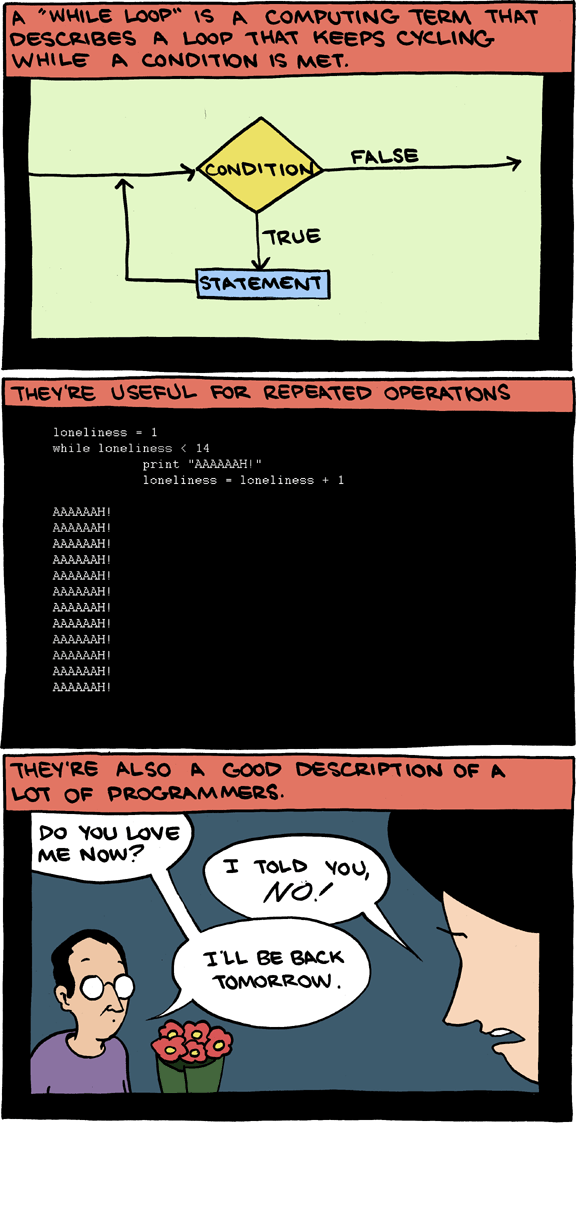An Example
feetPerKnot = 6080.0;
feetPerMile = 5280.0;
speedInKnots = 1.0;
speedInMPH = speedInKnots * feetPerKnot / feetPerMile;
JMUConsole.printf("%5.2f\n", speedInMPH);
speedInKnots = 2.0;
speedInMPH = speedInKnots * feetPerKnot / feetPerMile;
JMUConsole.printf("%5.2f\n", speedInMPH);
speedInKnots = 3.0;
speedInMPH = speedInKnots * feetPerKnot / feetPerMile;
JMUConsole.printf("%5.2f\n", speedInMPH);
speedInKnots = 4.0;
speedInMPH = speedInKnots * feetPerKnot / feetPerMile;
JMUConsole.printf("%5.2f\n", speedInMPH);
// ...












